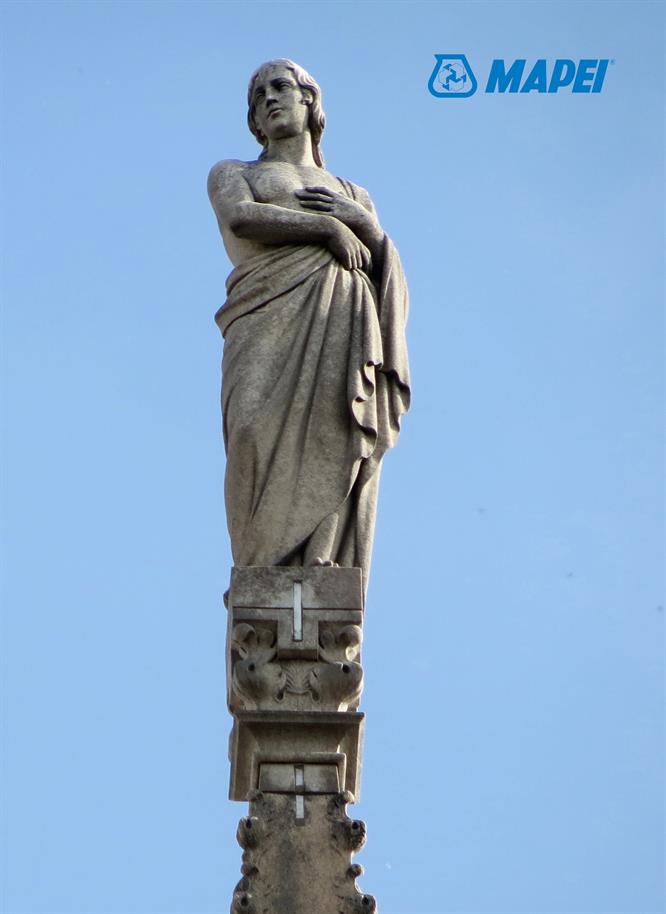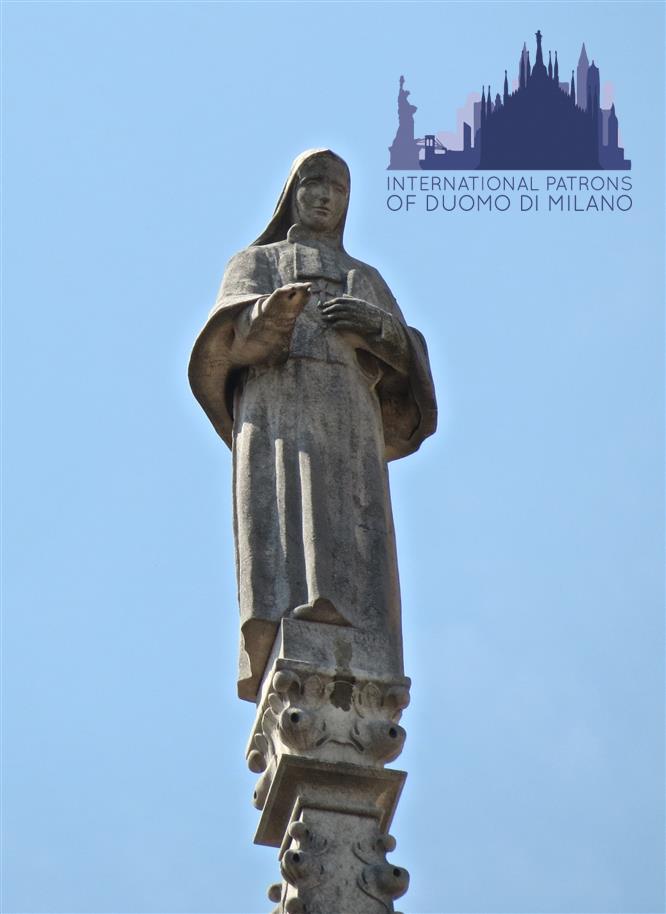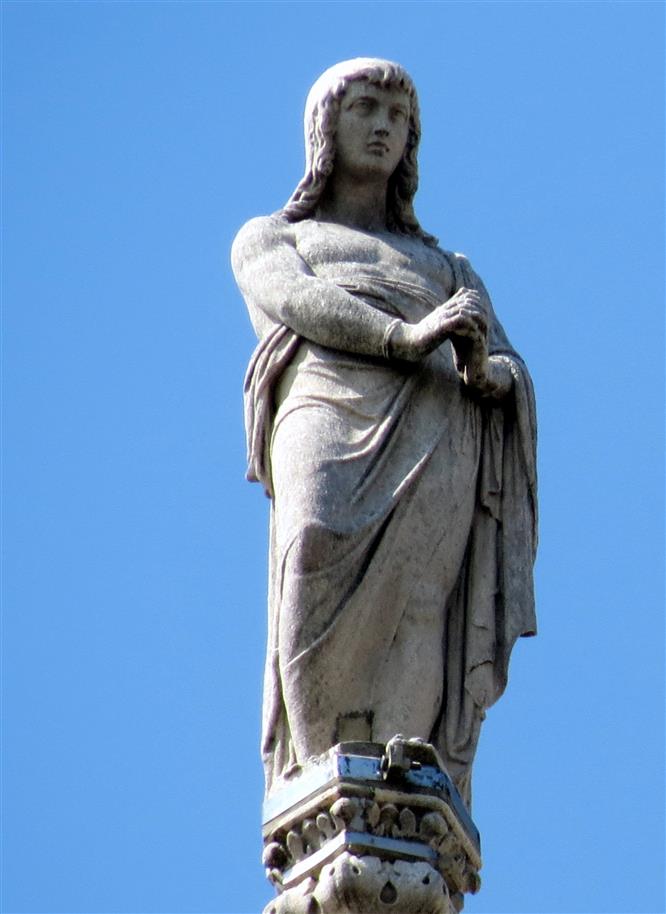The Greek Passio places the martyrdom of St. Maximus, Quintilian and Dada in the second year of the Empire of Maximian and Diocletian (286), near the ancient Durostorum in Moesia, on the northern shore of the Danube – today Silistra in Romania. Maximus was a Reader, Quintilian and Dada were his favourite pupils. Being Christians, they were denounced and arrested on their estate – perhaps a property of Maximus only – near Ozobia and led to Durostorum. They were imprisoned, and only on the following day, before the two proconsuls Tarquinius and Gabinius and the notary Magnilianus, the questioning took place, the three saints remaining unmovable in their Christian Faith even under explicit threats. Brought back to prison, it was only after the third judicial hearing that they were sentenced to the death penalty, which took place in Ozobia the 28th April. It is on this day that the three saints would have soon been remembered by byzantine Synaxariums, although the Meneans commemorate them on the 13th April. Their relics, thought to be lost, were miraculously found with the help of an Angel, and moved to Constantinople in Theotokos Church. In the East also this double event – invention and transfer of the relics – is commemorated on the 2nd August. In the West, only in recent times the names of the three saints appeared in the Martyrologium Romanum, thanks to Cardinal Baronio. The name Quintilian come from the latin Quintilianus, “born in July”.
ST. QUINTILIAN
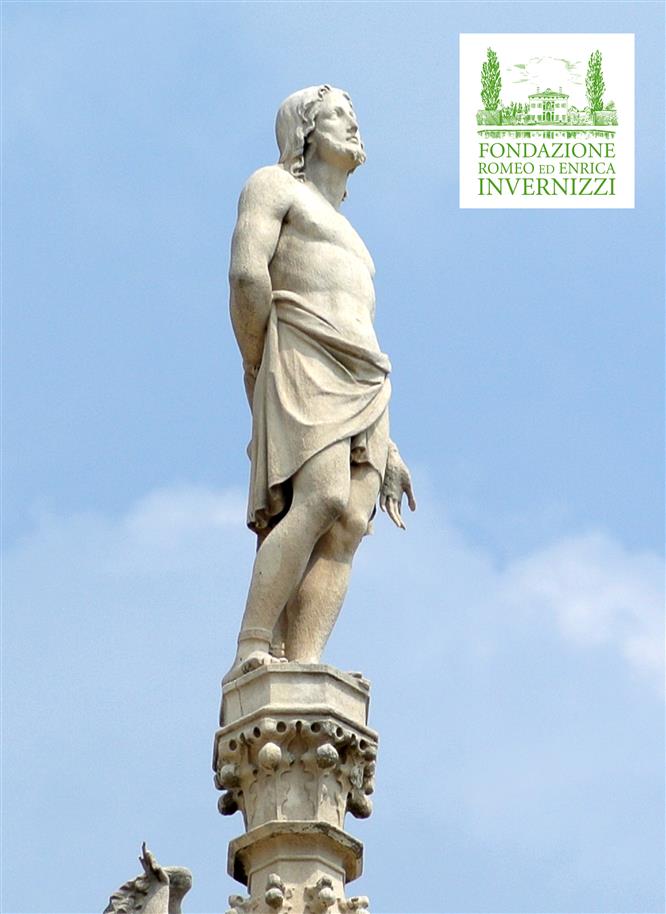
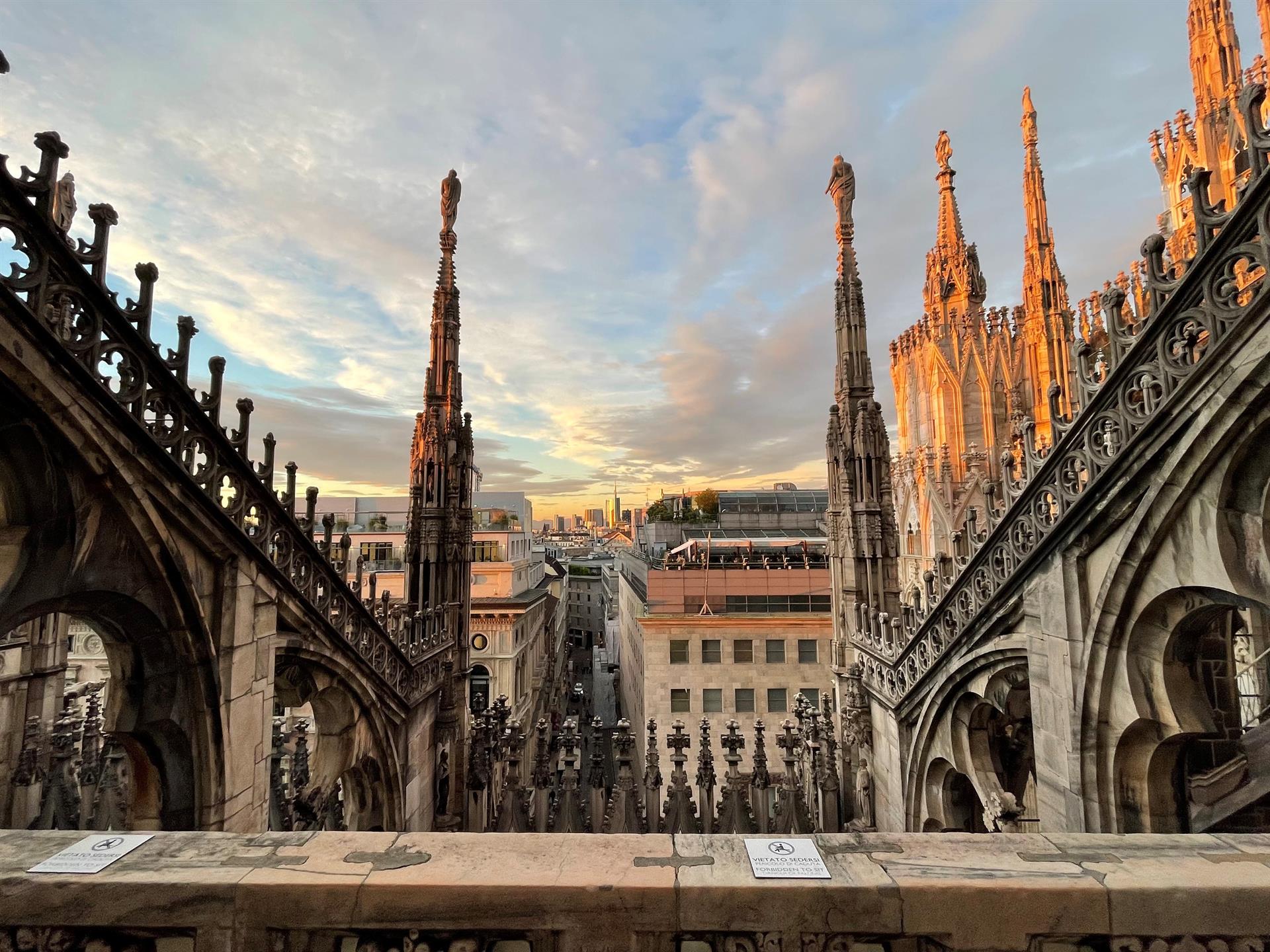
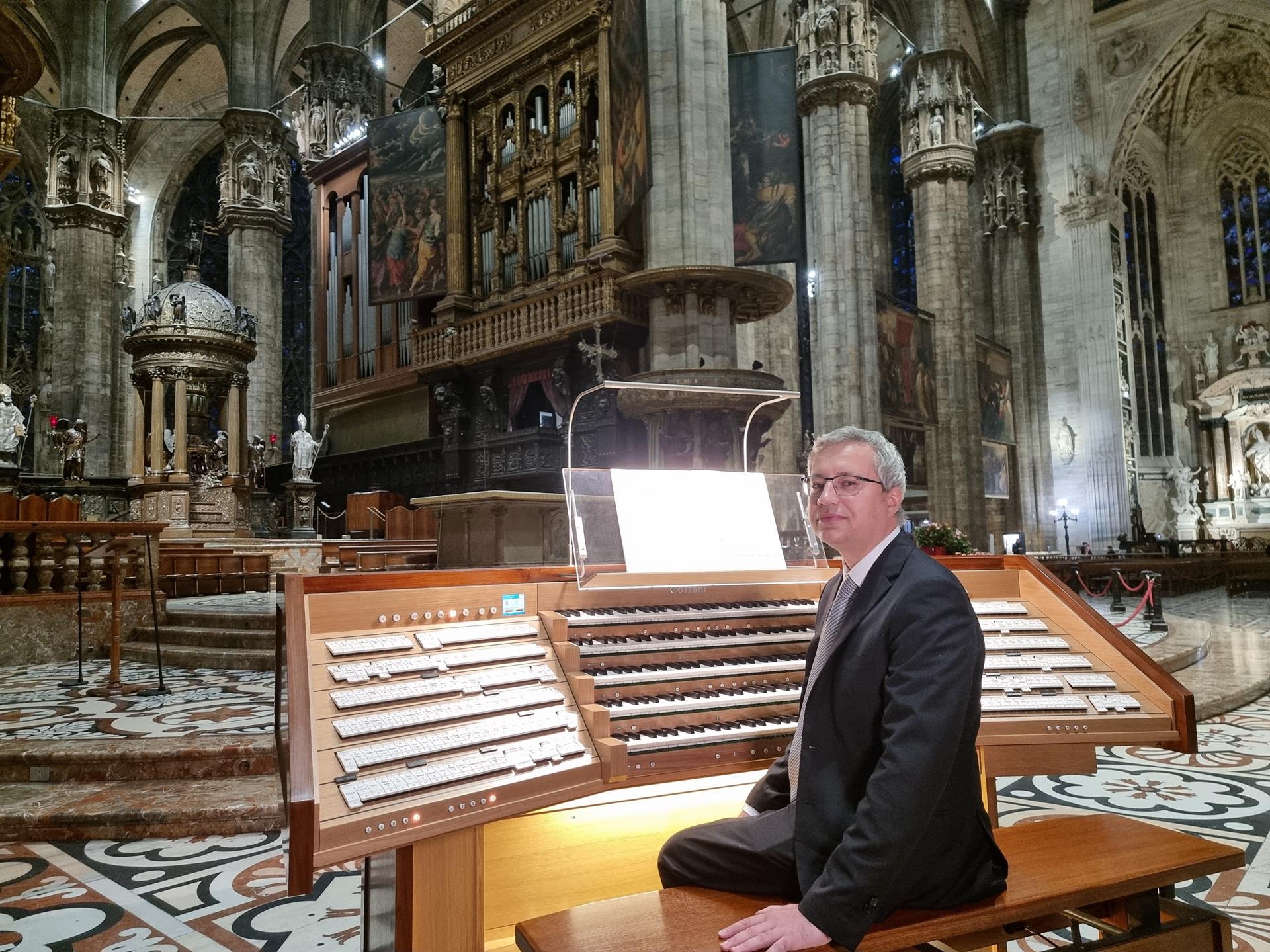
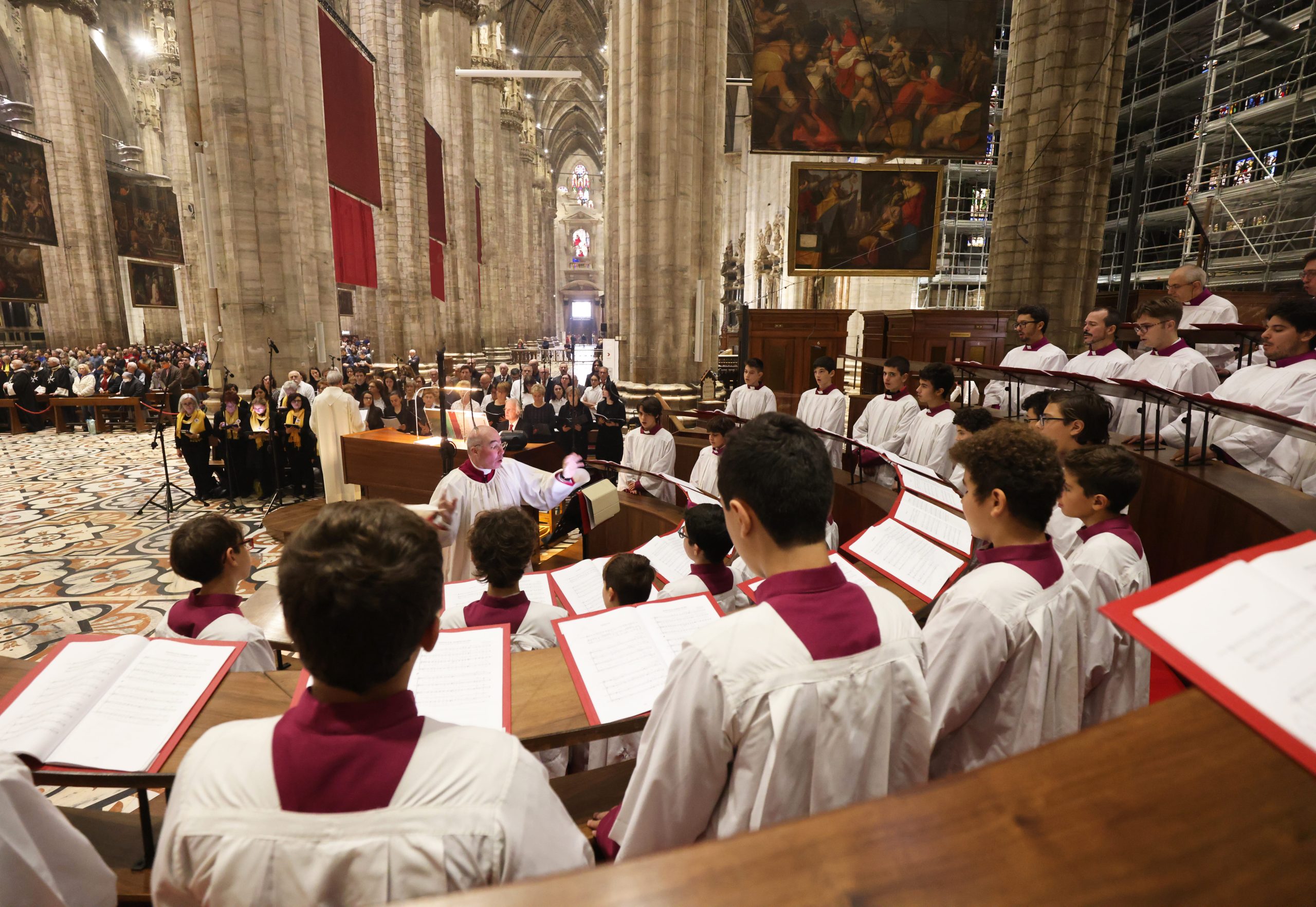
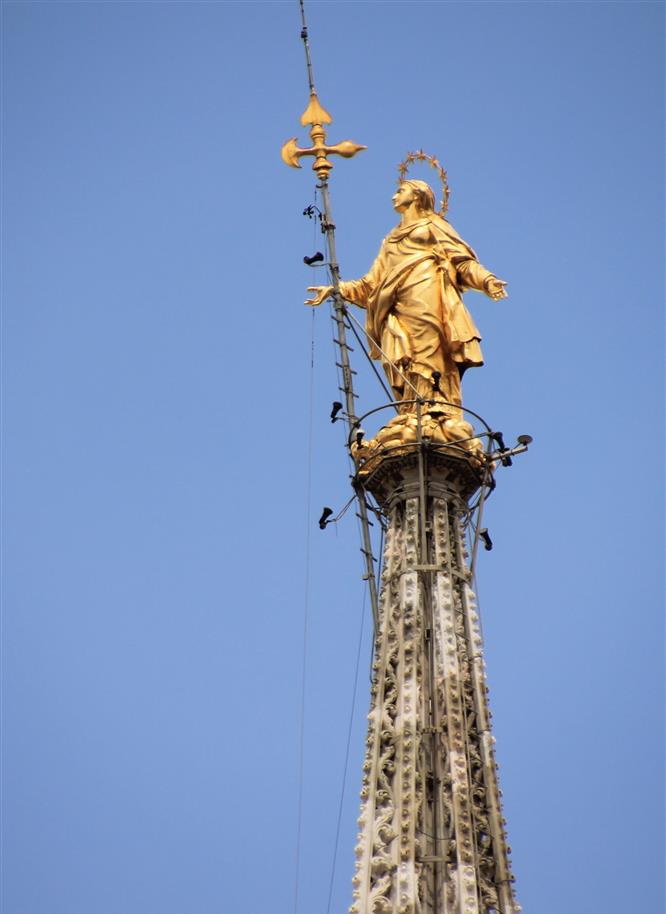
 Tiburio
Tiburio